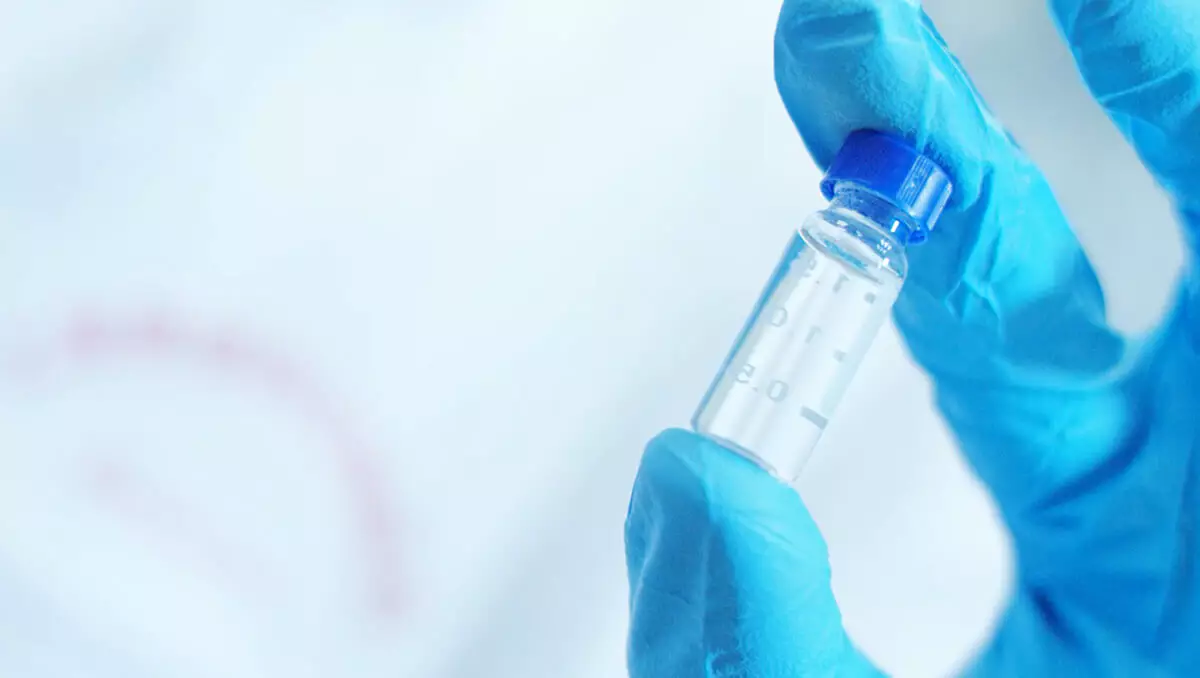



Business Inquiry
Global:
Email:marketing@medicilon.com
+1(781)535-1428(U.S.)
0044 7790 816 954 (Europe)
China:
Email: marketing@medicilon.com.cn
Tel: +86 (21) 5859-1500



It’s just a clump of 16 cells, but it tells us a lot about an otherwise lost chapter in the evolution of multicellularity. The cells, which belong to a species of green algae called Gonium pectorale, contain genes that clarify how at least one unicellular-to-multicellular transition occurred among a group of closely related organisms, a transition that started with the acquisition of a fairly simple but crucial ability—group formation.Medicilon can offer Cell Assay Analysis and Radioisotope Analysis for clients.

Gonium pectorale, it turns out, is an ideal species for a study of unicellular-to-multicellular transition. It has a genome that is strikingly similar to the genomes of Chlamydomonas reinhardtii and Volvox carteri, a pair of species that differ morphologically in several respects—cell cycle regulation, increased organismal size, and the presence of differentiated germ and soma cells. In fact, these two species represent morphological extremes between which Gonium pectorale is situated.
After completing a genomic analysis of Gonium, which included comparisons to published genomesfor Chlamydomonas and Volvox, an international team of scientists concluded that genes for cell cycle regulation in undifferentiated Gonium became co-opted. Specifically, they came to be used in a multicellular context and were shared with germ–soma-differentiated Volvox, indicatating group-level adaptations in undifferentiated colonies. According to the scientific team, which included members from Kansas State University, the Universities of Arizona and Tokyo, and the University of the Witwatersrand, the early co-option of cell cycle regulation for group-level life cycle and reproduction is a critical and formative step in the evolution of multicellularity.
Detailed findings appeared April 22 in the journal Nature Communications, in an article entitled, “The Gonium pectorale Genome Demonstrates Co-Option of Cell Cycle Regulation During the Evolution of Multicellularity.”
“[We] report the genome sequence of the undifferentiated colonial alga, Gonium pectorale, where group formation evolved by co-option of the retinoblastoma cell cycle regulatory pathway,” wrote the article’s authors. “Significantly, expression of the Gonium retinoblastoma cell cycle regulator in unicellular Chlamydomonas causes it to become colonial.”
There are many model systems for studying multicellularity, but nothing quite like the volvocine green algae, the group to which Gonium belongs. “The evolutionary transition to multicellularity has occurred numerous times in all domains of life, yet the evolutionary history of this transition is not well understood. However, the volvocine green algae include a diverse variety of unicellular, colonial, and multicellular species,” said the University of Witwatersrand’s Pierre Durand, a researcher of molecular medicine.
There are many members of the volvocines with varying degrees of complexity, so it is possible to examine different stages on the road to multicellularity. The volvocines also evolved relatively recently (during the Triassic period about the time when the first dinosaurs appeared), and the mysteries of multicellularity are not lost in evolutionary time.
“The evolution from unicellular to multicellular life was a big deal. It changed the way the planet would be forever,” continued Durand. “From worms to insects, the dinosaurs, grasses, flowering plants, hadedas, and humans, you just have to look around and see the extraordinary forms of multicellular existence.
“It has been difficult to explain how this occurred because it was not an easy thing to have happened. So questions like ‘why did single cells live together in groups at the very beginning of multicellularity when it puts them at a fitness disadvantage?’ challenged us for a long time. We still don’t know most of the answers but this project has certainly filled one of the gaps in our current understanding.”
 Relevant
news
Relevant
news